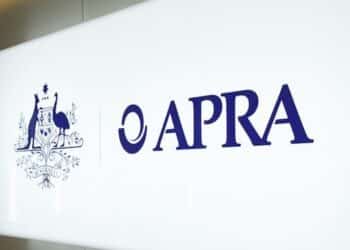The newly established Financial Advice Association Australia (FAAA) has the potential to secure a 56 per cent share of all current advisers on the Financial Advisers Register (FAR), which amounts to some 8,835 advisers, according to Wealth Data’s new research.
Namely, Wealth Data found that if all current members of the Financial Planning Association (FPA) and the Association of Financial Advisers (AFA) transition to FAAA, the latter would house over 50 per cent of the industry. The majority of these potential FAAA advisers, 6,988, are in the Financial Planning business model, accounting for 66 per cent of all advisers in that model.
Last week, the FPA and the AFA announced the legal completion of their merger to form the FAAA. At the time, the group confirmed that while FPA members would start to see a transition to the new FAAA branding over coming weeks, the AFA would continue to operate under its own brand until 30 June, when those members who renew will move to the FAAA.
Breaking down the potential size of FAAA further, Wealth Data said that the group’s potential is at 60 per cent for licensee owners that have between 20–49 advisers, up to a high of 71 per cent for the three licensee owners that have 500-plus.
The results for individual licensee owners vary widely, the firm highlighted, with Insignia and Centrepoint having a high potential membership rate of 79 per cent and 82 per cent, respectively, while AMP Group and Sequoia have lower rates of 56 per cent and 44 per cent, respectively.
While the potential for a large membership base is evident, Wealth Data noted that there are risks involved.
“No doubt other associations will be hoping that this is a good time to extend their reach,” Wealth Data founder Colin Williams said.
“We are seeing a greater number of advisers seeking to start their own AFSL, with another four starting this week.
“Any association must be able to deliver a proposition that is flexible enough to appeal to all types of advisers working in very different licensees,” Mr Williams concluded.
Overall, Wealth Data reported an increase in adviser numbers by one in the week to 6 April, bringing the total to 15,871.
So far this year, there has been a net change of 66 advisers.
“A net gain of only one adviser suggests a quiet week. However, some 120 advisers have been affected with 24 new entrants, 4 new licensees and more losses for some major licensees,” Mr Williams said.
“With 24 new entrants but only a net gain of 1, indicates that 23 experienced advisers have ceased on the ASIC FAR,” he concluded.




This is literally the definition of “shuffling the deck chairs on the titanic”.
Will they still hold us CFP’s hostage? Any professional organisation should be good enough for us to WANT to be members of, not be forced to retain membership to sustain our CFP designation…